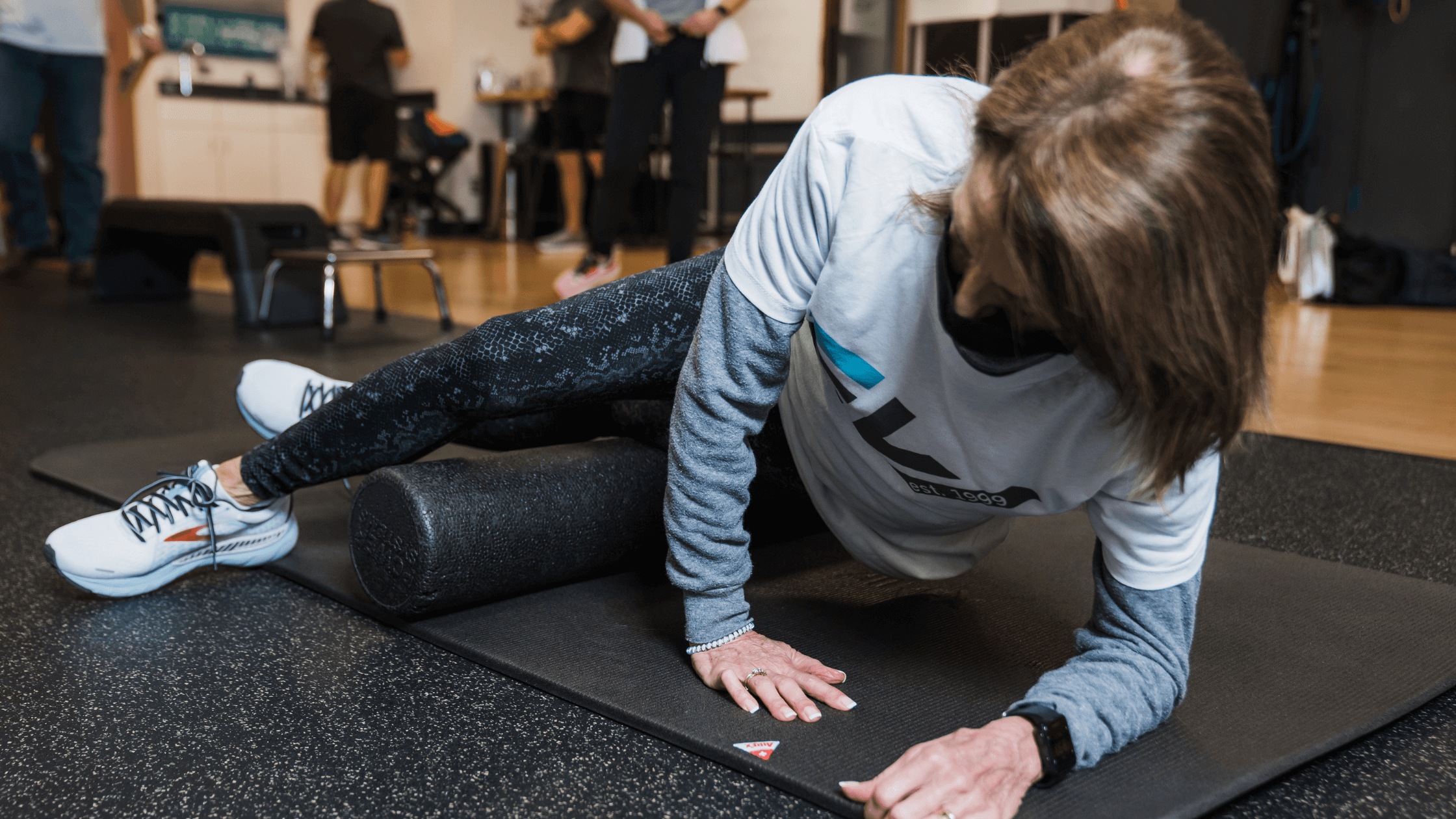Walking Shoes vs. Running Shoes

PT, MSPT, Founding Partner
Buying new shoes can be overwhelming. You could just get the most popular thing on the market, or you could spend hours reading articles and product reviews to try and figure out which shoe is really the best. With running and walking shoes, especially, it seems like everyone has an opinion about which ones are the best. But what’s the difference? Do you need a pair of shoes for each activity?
We try to provide specific shoe recommendations for our Birmingham and Tuscaloosa clients at EW Motion Therapy. Believe it or not, your physical therapist can provide you with shoe advice, if you felt like you needed specific shoes. Even if you choose therapy elsewhere, we still want to distinguish between walking and running shoes so that you know the difference when shopping.
This article discusses the difference between walking and running shoes, different categories of shoes, and some tips on how to choose the right shoes for you. With this information, you can go shoe shopping knowing what your feet need to succeed.
What’s the difference?
So what makes running and walking shoes different? Generally, running shoes are lighter and more flexible, while walking shoes can be heavier and offer more support. This makes sense when you think about it: runners need to be fast and light on their feet, while you need a lot more support in order to walk long distances.
It is important to understand that it is fully acceptable to wear running shoes for walking, but not always the other way around. You can likely walk in a light running shoe easily, but trying to run in a chunkier walking shoe might not be the best choice. So, if you are a runner who walks sometimes, then buying one pair of running shoes should suit your needs.
What are the different categories of shoes?
There are three primary categories of running shoes that are important to highlight. Knowing where you fall in these categories can help you research the right type of shoe and give yourself the best running and walking experience. When a company like Nike is building a shoe, they will use a form called a last. The lasts for each category change from more curved lasts to straight lasts as we move down the list. At the end of the day, choosing the right shoe with the right last will help you achieve the best possible performance.
Neutral shoes
The first category to consider, neutral shoes, are made from a more curved last. These tend to be light and flexible, but not as supportive as some of the others. These usually weigh between nine and ten ounces, and many runners choose these shoes, as they tend to be the sleekest and most brightly colored. If you have rigid feet that do not need a lot of support to run or walk, these shoes would be good for you. Try a Nike Free or some of the popular On Clouds to see if you like the fit.
Stability shoes
Stability shoes, as the name implies, give more support than neutral shoes, and they are made from a less curved last. These can weigh up to 13 ounces, and many people choose them as walking shoes, because of the increased support. Stability shoes are built to last and usually come in more earthy, neutral colors. The Brooks Levitate and the New Balance 990 would be great options to try on.
Motion-control shoes
If your feet tend to pronate as you run, you might need motion control shoes. These are made from the straightest lasts, and are similar in structure to an orthotic insert - there is a lot of control over where your foot is in the shoe. When you wear control shoes, you influence everything else above the shoe, such as knees and hips. This can change your form if you are trying to run longer distances. If you need some more support, or your doctor or therapist recommends these shoes for you, try the Brooks Adrenaline or the New Balance 1540 on for size.
How can I choose the right shoes for me?
Now you know more about the difference between walking and running shoes, and the different categories of shoes to shop for. Finding the right shoe for you is critical to ensure consistent optimum performance, and when you do, this will help you run for a lifetime. Getting professional advice is never a bad idea when you don’t know what kind of shoe you need, and even seeing a physical therapist can be a great first step, especially if you have been injured or have a chronic condition such as plantar fasciitis.
At EW Motion Therapy, when we have clients that need further expert advice, we send them to our friends at the closest Trak Shak location. There, they combine the advice of the physical therapist with their own shoe expertise to give you more guidance on what category of shoe you need. If you are interested in talking to one of our therapists about the best shoes for you, fill out the Request an Appointment form on our website, and someone from our staff will contact you within 48 hours with your next steps.

